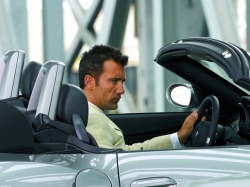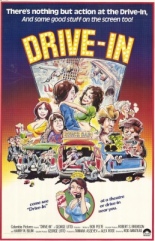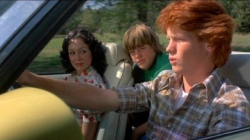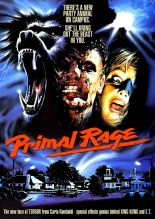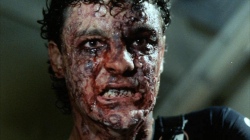
 A decade after a string of serial rapes and murders of men who are dads comes to a close, it appears to star back up again, in the film Father’s Day. The perpetrator is obese cannibal Chris Fuchman (Mackenzie Murdock), and as if that weren’t gruesome enough, themes of incest, suicide and genital mutilation also come into play.
A decade after a string of serial rapes and murders of men who are dads comes to a close, it appears to star back up again, in the film Father’s Day. The perpetrator is obese cannibal Chris Fuchman (Mackenzie Murdock), and as if that weren’t gruesome enough, themes of incest, suicide and genital mutilation also come into play.
Did I fail to mention it’s a comedy?
This delightfully demented flick comes from Astron-6, a five-member group of VHS-obsessed filmmakers from Canada responsible for heaps of genre-skewering shorts, almost every one a gem of ingenuity. Because the same year’s Manborg is only an hour, Father’s Day marks the troupe’s first full-fledged feature. Not abandoning its ’80s-movie sensibilities, Astron-6 has structured it as a late-night movie airing on ASTR-TV 6, complete with tracking troubles and a commercial break advertising the film to follow it, Star Raiders.
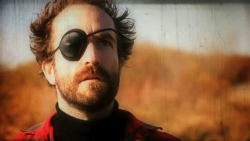 The latest victim of Father’s Day Killer Fuchman (pronounced “fuck man,” of course) is the dad of teenage trick-turner Twink (Conor Sweeney), who vows vengeance. Joining him on his mission of madness is Ahab (Adam Brooks), the one-eyed hunter who thought he defeated Fuchman all those years ago, and Father Sullivan (Matthew Kennedy), a priest who’s about to be corrupted to the nth power. There are also strippers.
The latest victim of Father’s Day Killer Fuchman (pronounced “fuck man,” of course) is the dad of teenage trick-turner Twink (Conor Sweeney), who vows vengeance. Joining him on his mission of madness is Ahab (Adam Brooks), the one-eyed hunter who thought he defeated Fuchman all those years ago, and Father Sullivan (Matthew Kennedy), a priest who’s about to be corrupted to the nth power. There are also strippers.
While a revenge homage/parody on its surface, Father’s Day also dips its infected foot into cesspools of horror, action and fantasy. And yet, above all, it’s very, very funny … if you possess an open mind and a strong stomach. One of Astron-6’s calling cards is going over-the-top, and often with buckets of gore, but doing so with crack comic timing unholstered. As always, the guy use their microbudget to their advantage, and the end result is so creative, it looks like several million bucks’ worth. My one and only complaint: I wish it had more than one fake trailer sandwiched within. —Rod Lott

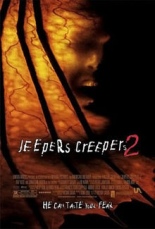

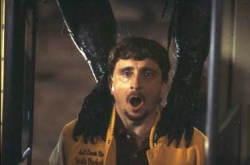
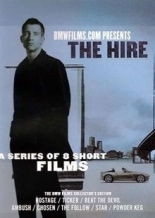
 Technically, the eight films collected as
Technically, the eight films collected as 